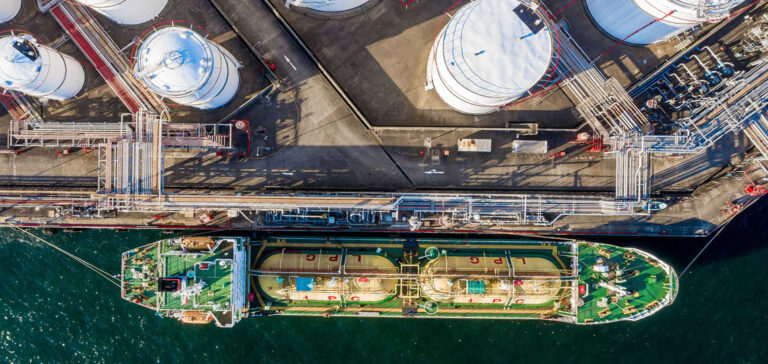PetroChina, China’s national oil company and largest natural gas supplier, announced at its January-September results conference on October 31 that its total natural gas sales had risen by 1.9% year-on-year to 193.13 billion cubic meters in the first three quarters of 2023. Domestic gas sales, in particular, enjoyed robust year-on-year growth of 5.5%, reaching 155.36 billion cubic meters. This performance enabled PetroChina to maintain a market share of over 60% in China.
Challenges of the Natural Gas Import Business
One of the main drivers of this sales increase is PetroChina‘s total marketable natural gas production, which amounted to 3,656.6 billion cubic feet from January to September, marking a year-on-year increase of 6.1%. Within this framework, the company’s domestic gas production reached 3,513.7 billion cubic feet, representing year-on-year growth of 6.6%, while overseas gas production amounted to 142.9 billion cubic feet, with a slight year-on-year decline of 4%, according to PetroChina data.
Pricing Strategies and Market Dynamics
Despite these positive developments, PetroChina’s natural gas import business suffered losses in the first three quarters of the year. Mu Xiuping, general manager of PetroChina’s finance department, said the company had recorded a loss of around 10 billion yuan while importing around 67.4 billion cubic meters of natural gas. It should be noted that PetroChina’s natural gas imports include both long-term contract cargoes and spot LNG cargoes, the former being linked to crude oil prices with a time lag of several months.
To mitigate the commercial losses associated with importing natural gas, PetroChina has implemented measures on both the supply and sales sides. These actions aim to reduce the cost of imported gas while increasing sales prices. PetroChina’s ex-well domestic natural gas selling price increased by 1.3% year-on-year, reaching around 1.84 yuan per cubic meter. The selling price to end users also increased by 1.1%, reaching around 2.18 yuan per cubic meter, as reported by Zhao Tangyu, deputy director of PetroChina’s Production and Operations Management Department.
Future Projects for PetroChina’s Natural Gas Business
Zhao also explained that natural gas sales prices in the fourth quarter would respect the terms set out in the annual contracts signed with users at the beginning of the year. These contracts encompass both regulated and unregulated supplies, with pricing adjustments made to match seasonal changes, notably the off-peak and heating seasons.
China’s downstream gas pricing mechanism is complex, with different regulations for different types of natural gas. Zhao emphasized that PetroChina formulates its gas sales and pricing strategies with the main objective of maximizing the benefits of its natural gas business.
As for future plans for its natural gas business, PetroChina intends to actively pursue high-quality oil and gas projects abroad. The company also aims to optimize its natural gas asset and sales structure, improve its commercial and regional structure, and deepen its involvement in international trade to strengthen its market-oriented and standardized operations.
In summary, the strong year-on-year growth in PetroChina’s natural gas operating profit in the first nine months of 2023 reflects the positive impact of gas pricing reforms in China. The company’s focus on increasing domestic gas sales and optimizing its operations positions it for continued success in the evolving energy landscape.






















